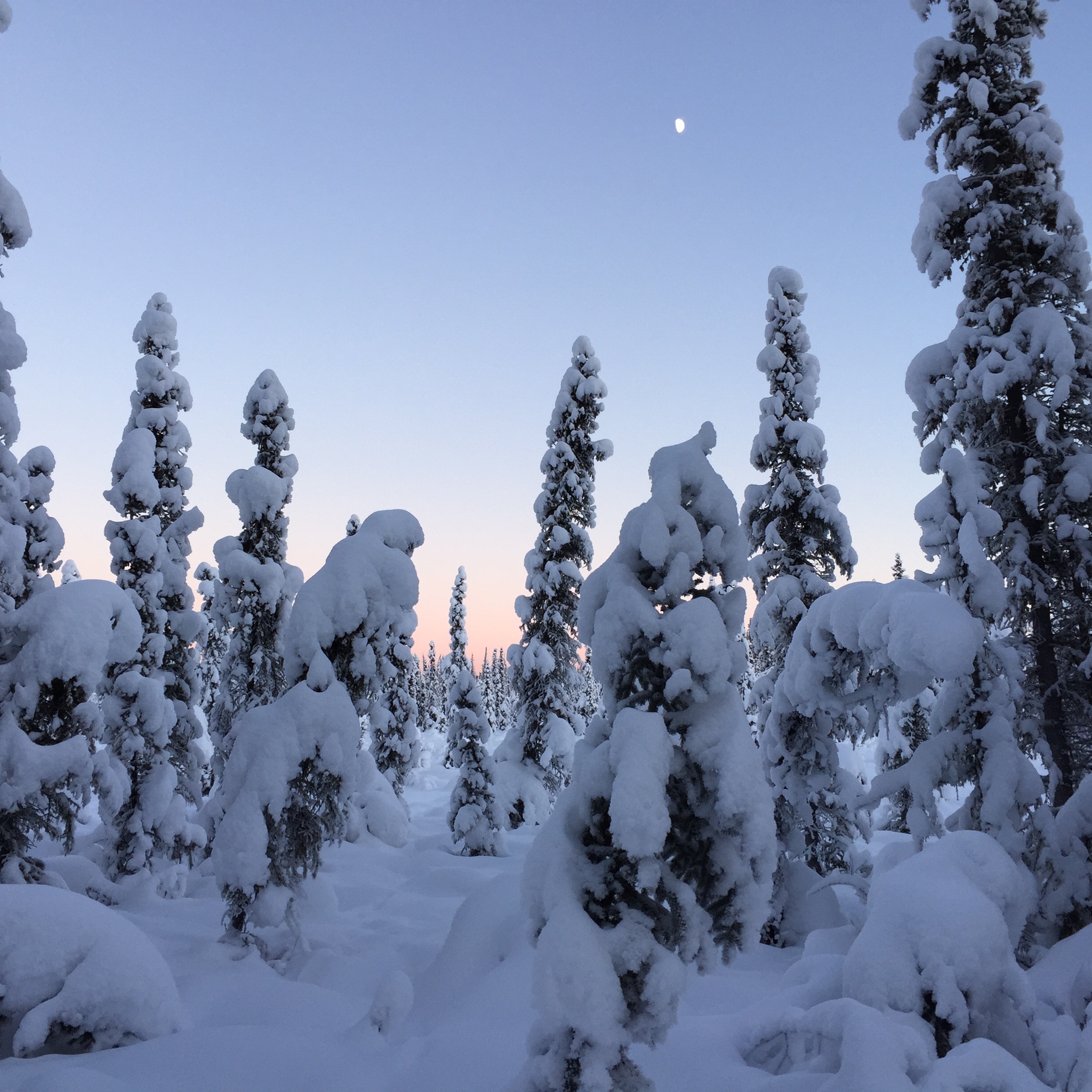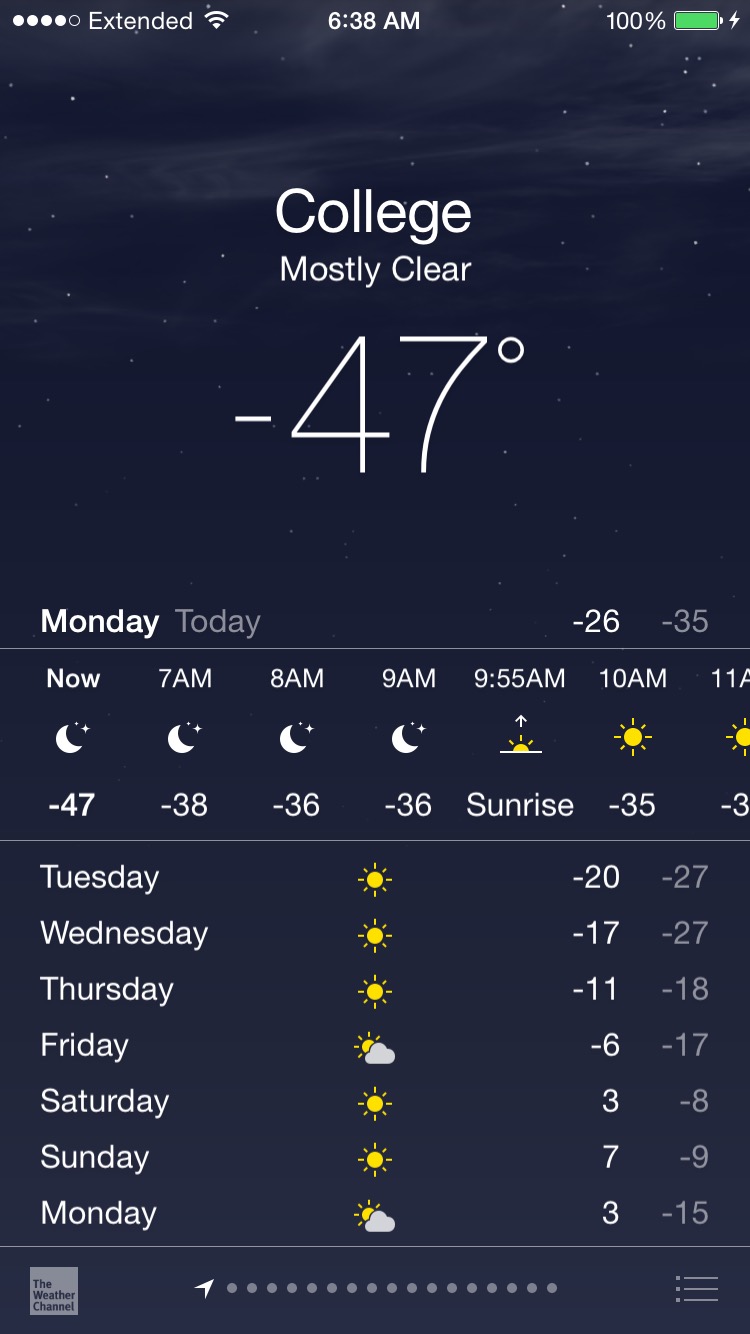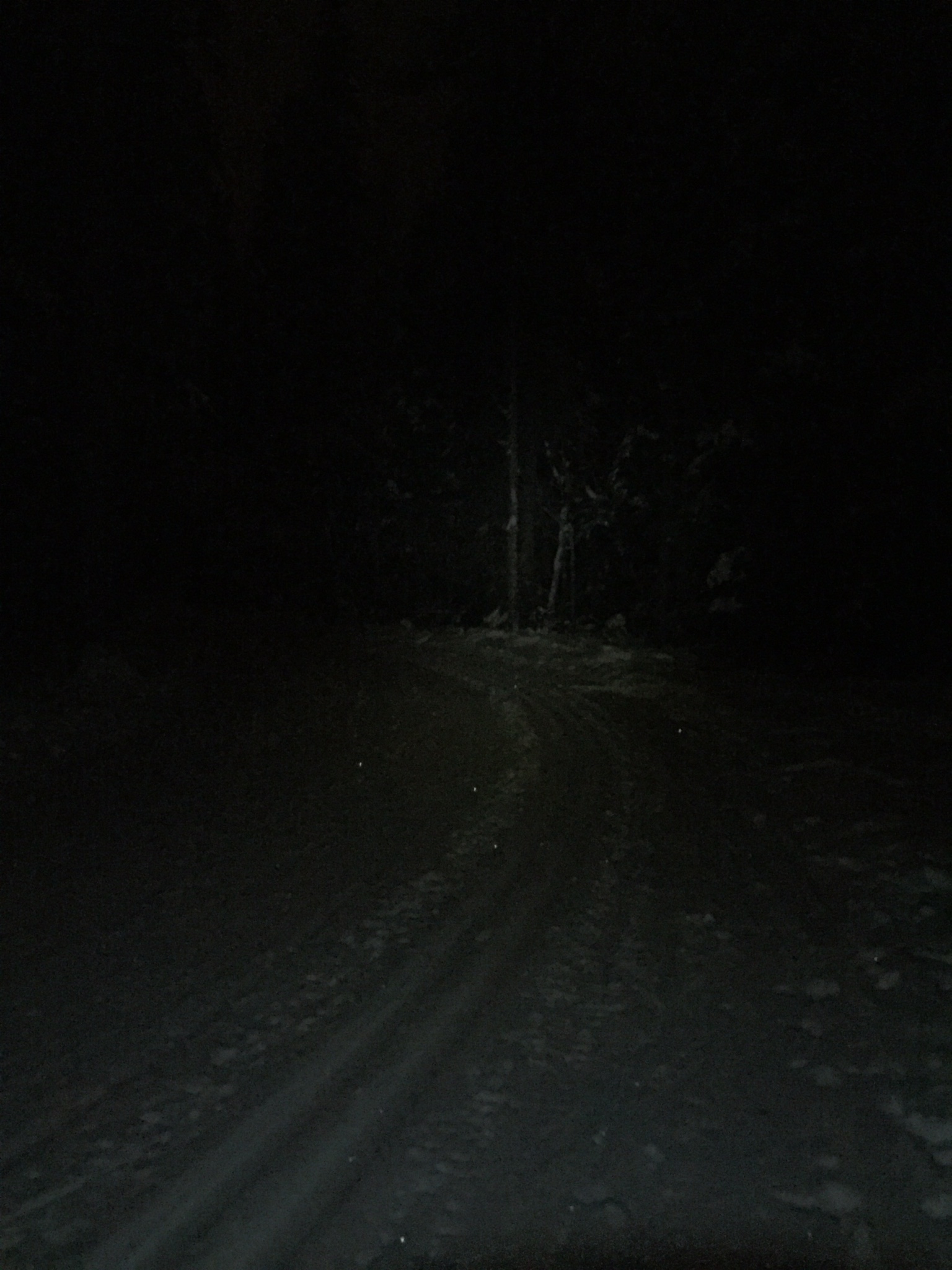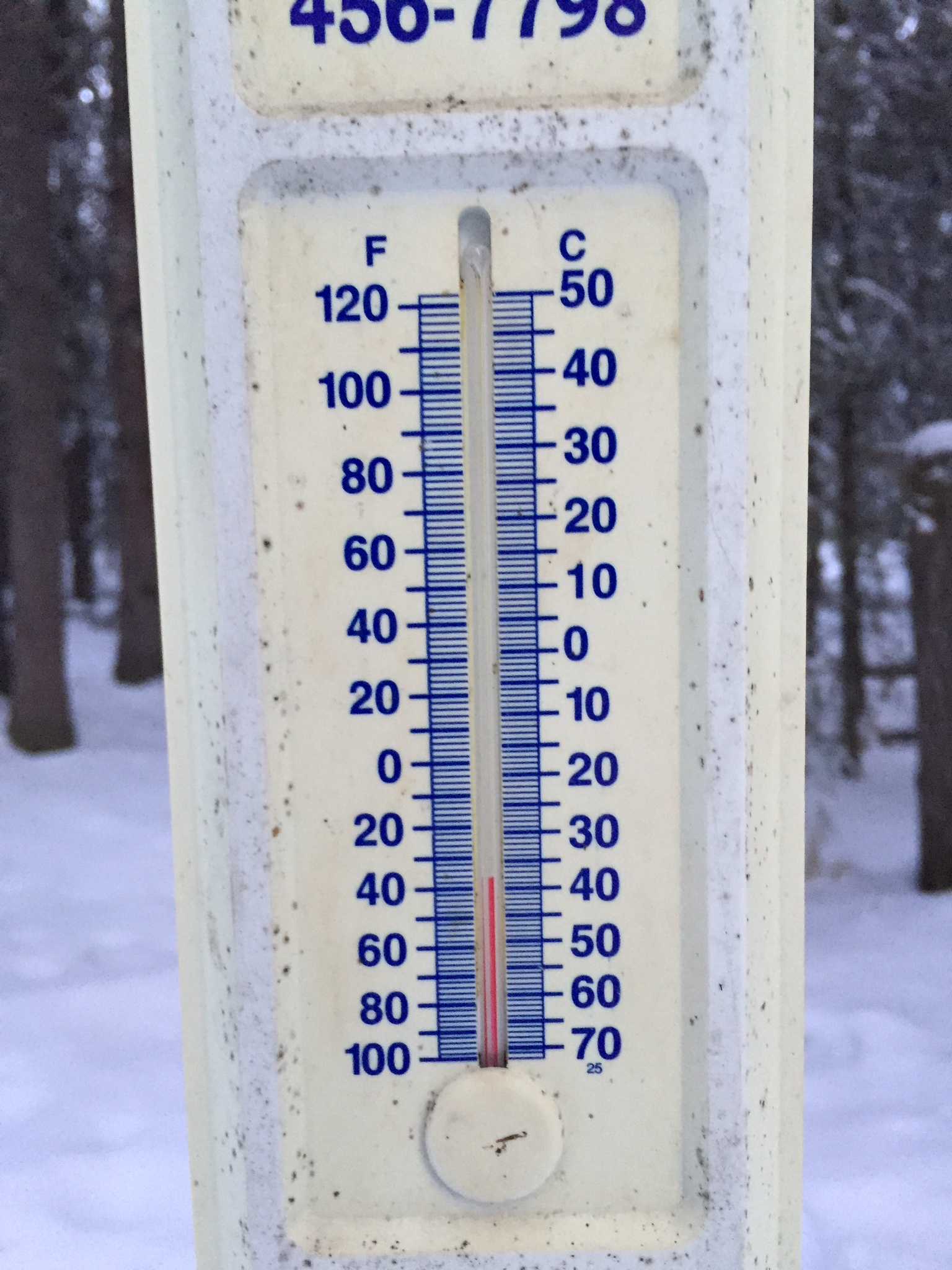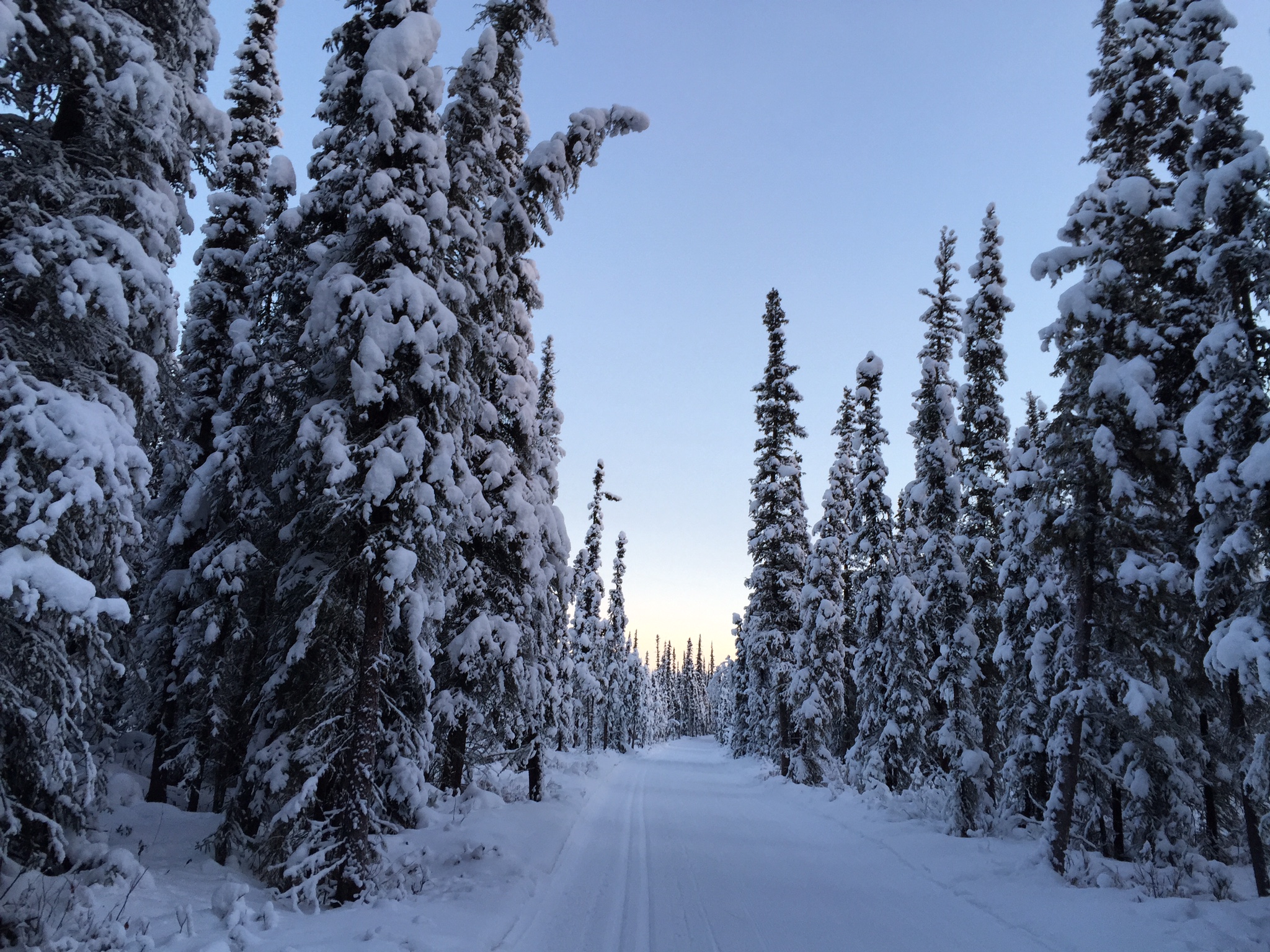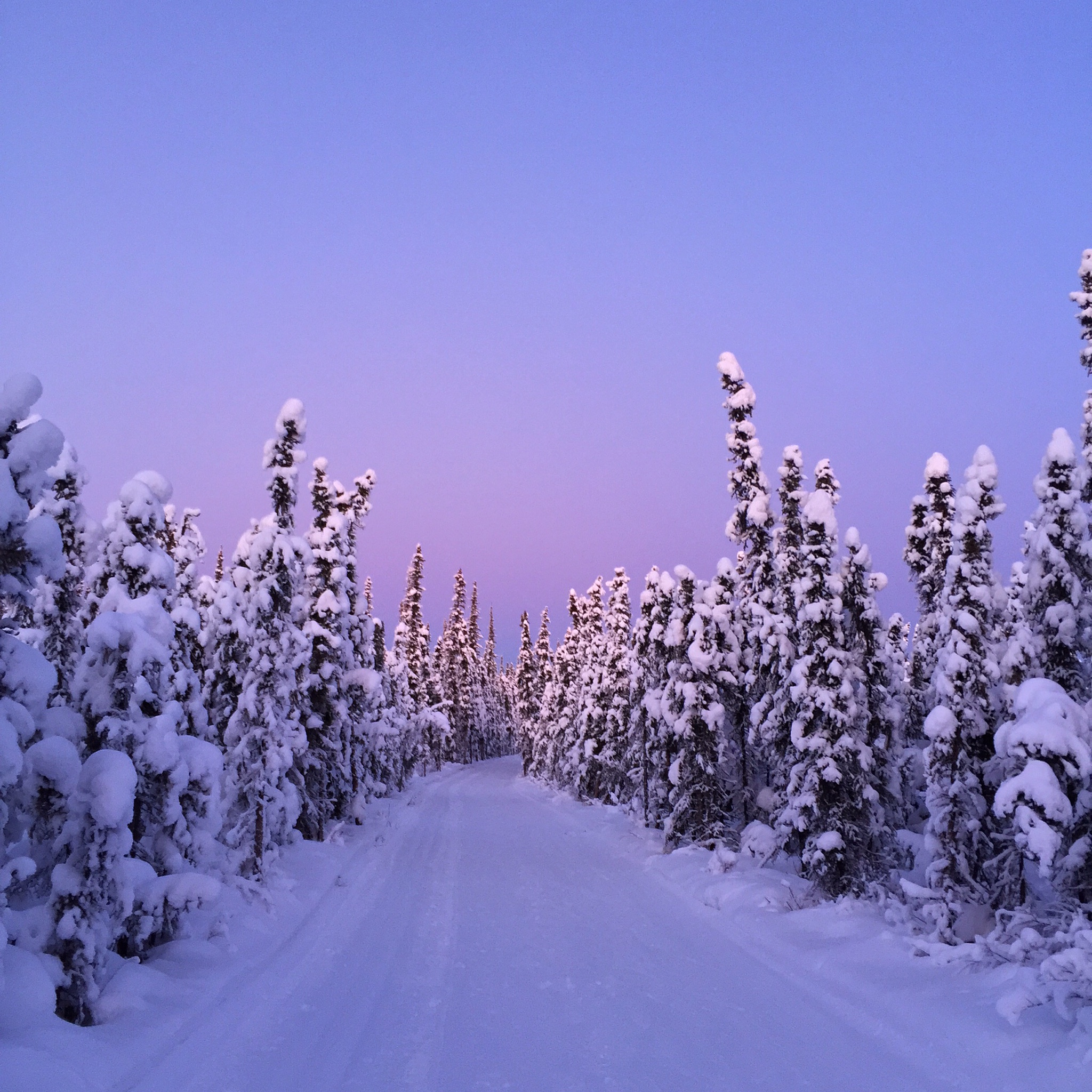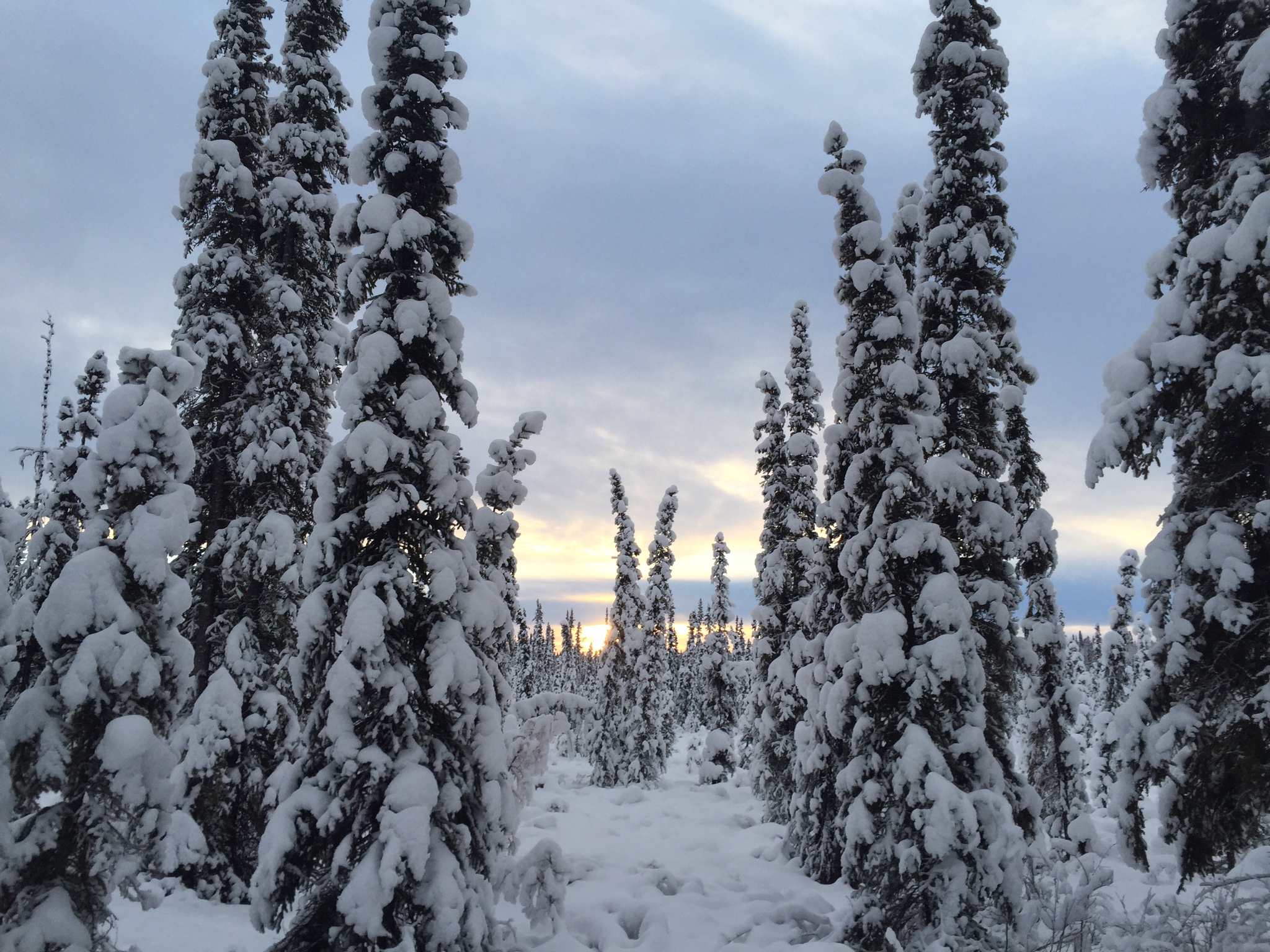Diamond Dust
Flashback Friday
Sun dogs and Diamond dust
When the temperatures drop enough ice crystals form and together with some sun we get these beautiful sund dogs around the sun. If you are lucky enough, you can see part of this ring (the sund dog) right in front of you. This phenomenon is also called diamond dust, because obviously that is what it looks like.
Sun dog
Skiing
These pictures makes me miss the snow and cold weather a lot. Being able to ski every day, in one way or another. I could choose between biking (as long as the temps were not too low since I never winterized my bike) or ski to school. The morning commute was always worse than the afternoon, not because of the cold, but because of the darkness and moose. Imagine skiing into a dark forest on narrow skitrails at 7 in the morning. Sure, a headlamp helps, but the forest is really dark at that hour. In Alaska you loose about 6 minutes of daylight leading up to equinox, however after that you start to gain several minutes per day. So, before you know it, the mornings are light and soon the summer arrives, well after like 4 months..
Aurora Borealis
Fairbanks is the main hot spot for Aurora in the whole world. I can say that the last year I saw aurora almost every day, to the point where I chose when I wanted to get up and out in the cold to take pictures depending on social media and live aurora cams. Now, of course, I really really miss having this opportunity, I mean even just going to pee in the middle of the night (to the outhouse) and look up and see this magical phenomenon going on. It's out of this world.
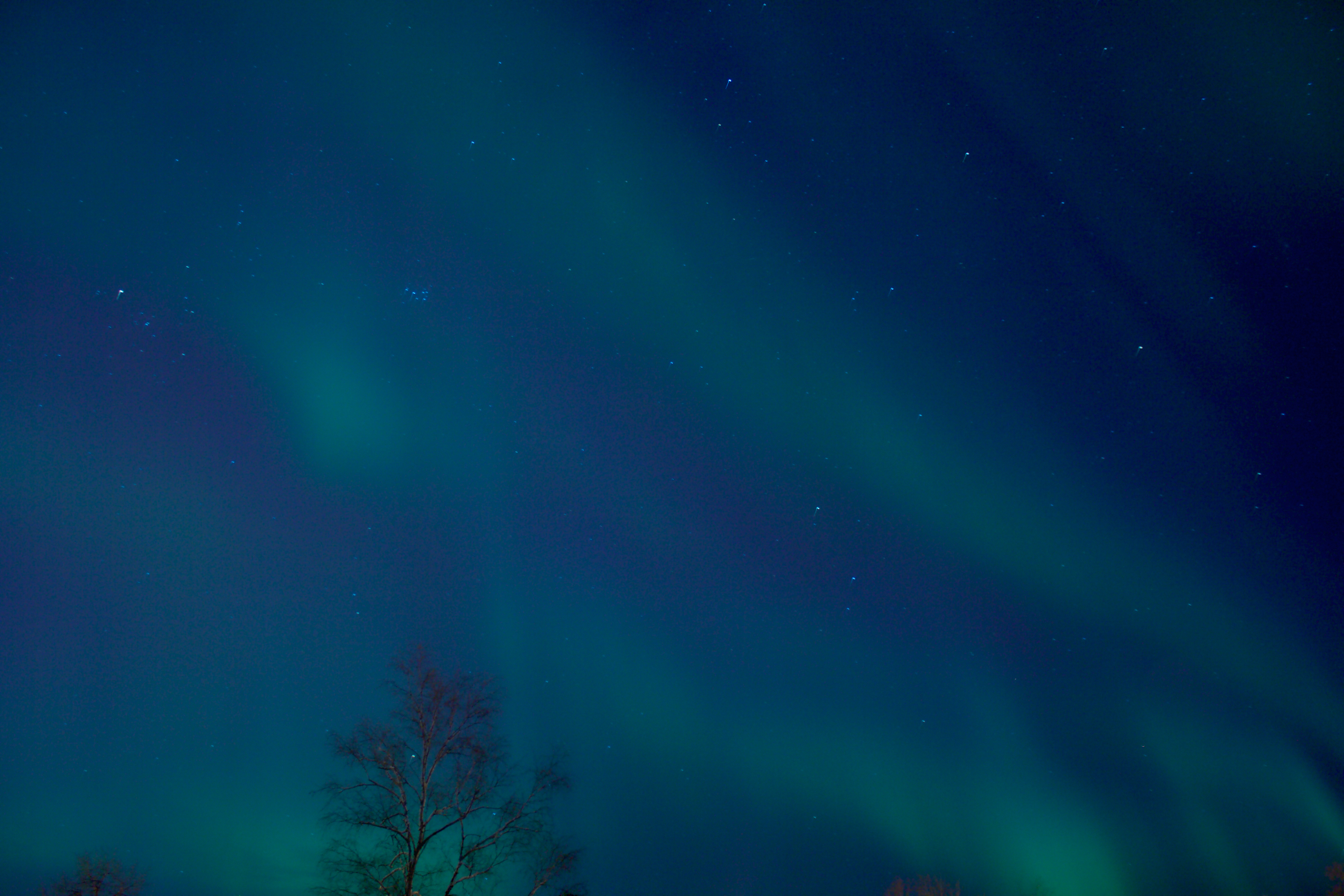
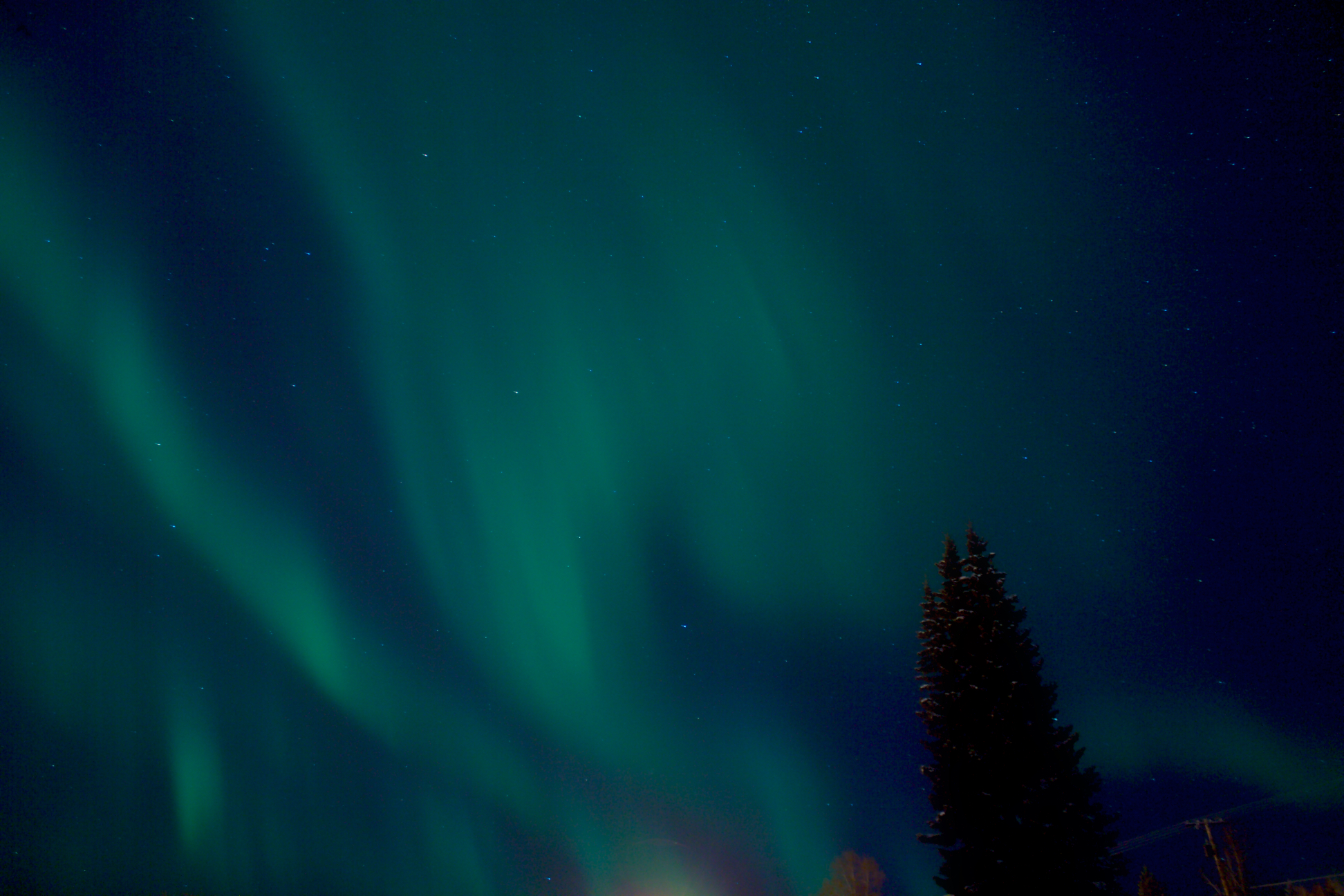
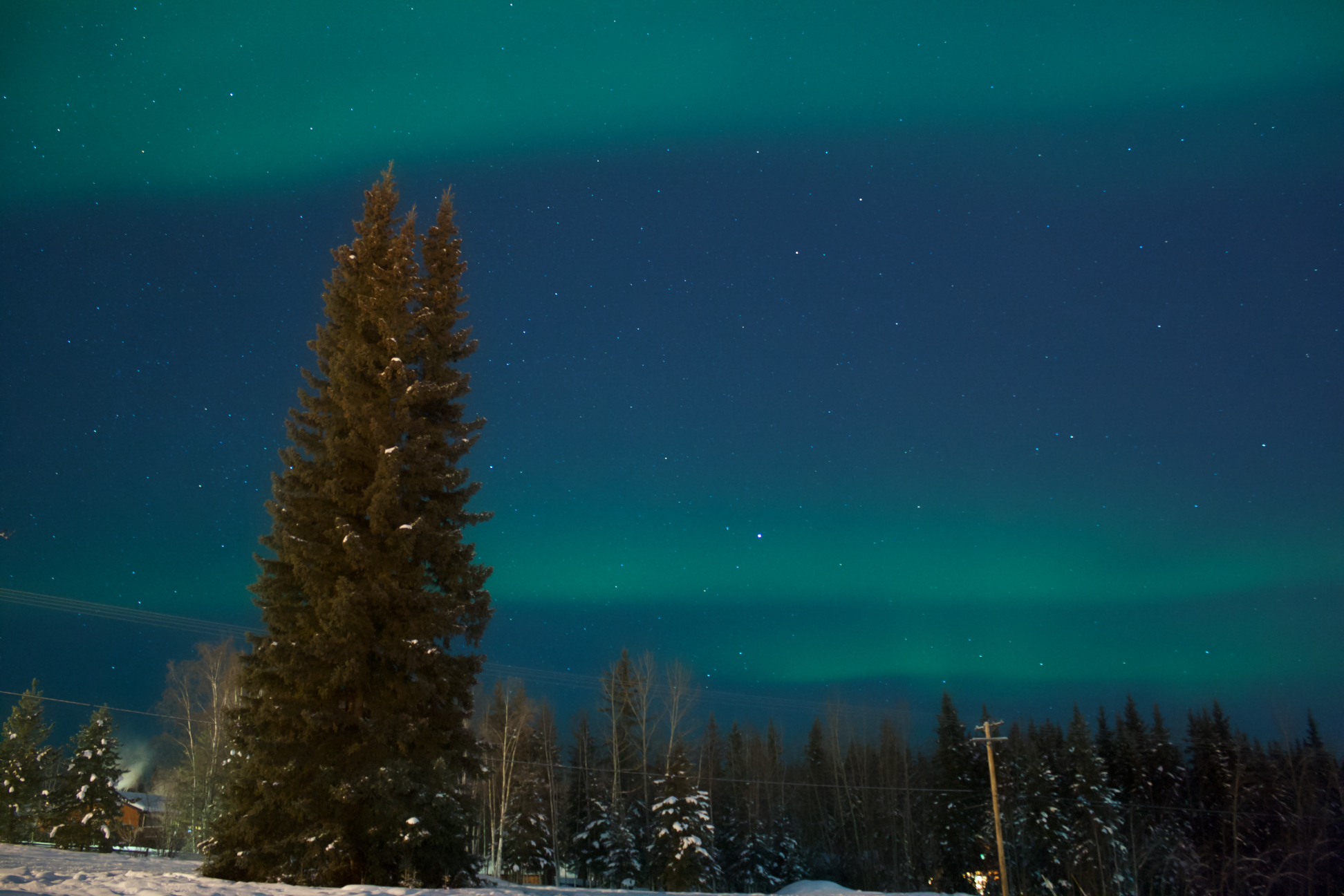
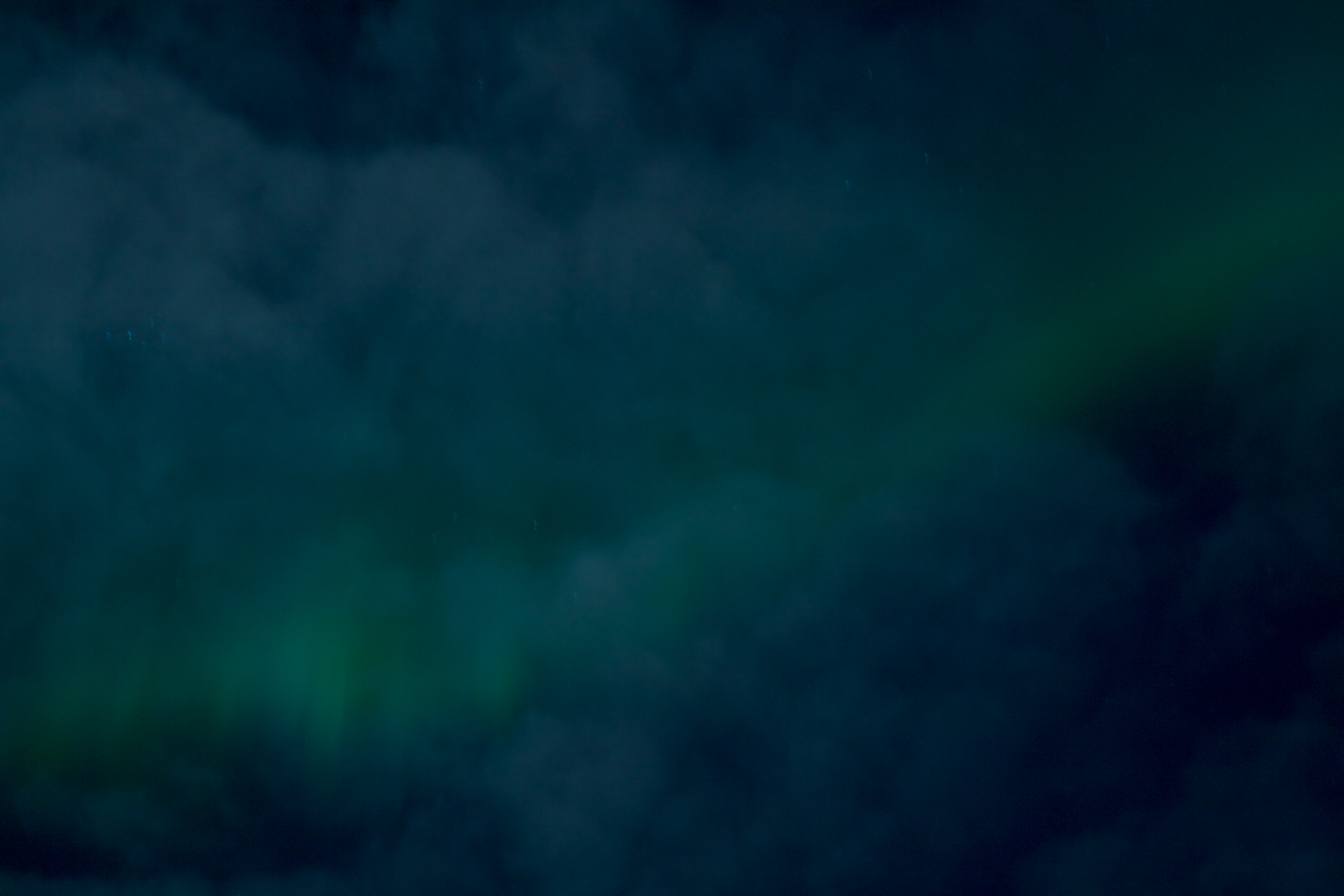
Magical Lights
I have a deep connection with sunrises and sunsets. Nowadays I seldom get the opportunity to take as beautiful pictures as the one below, because I do not have that view while leaving work any more.
What is your favorite thing about nature? Have you ever seen Diamond Dust?

















